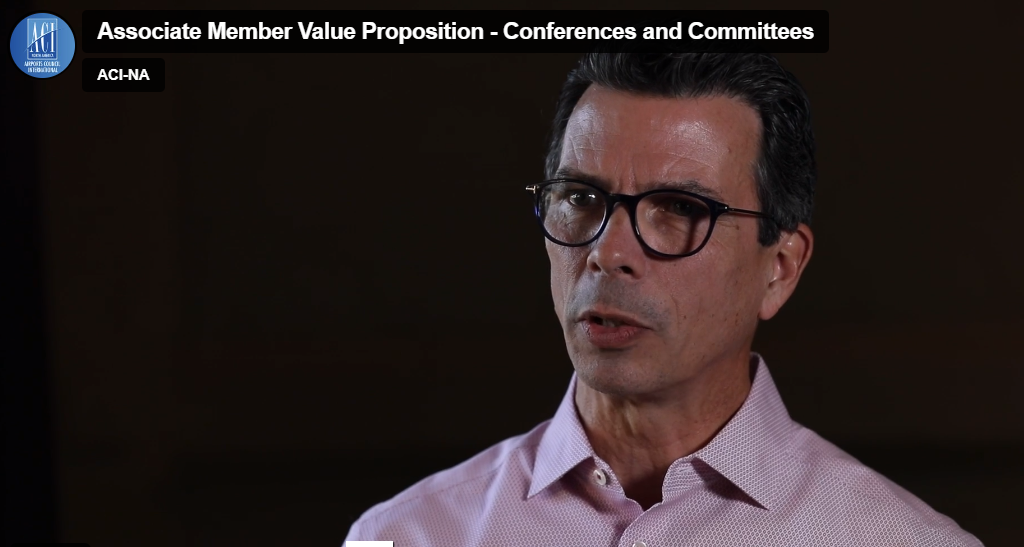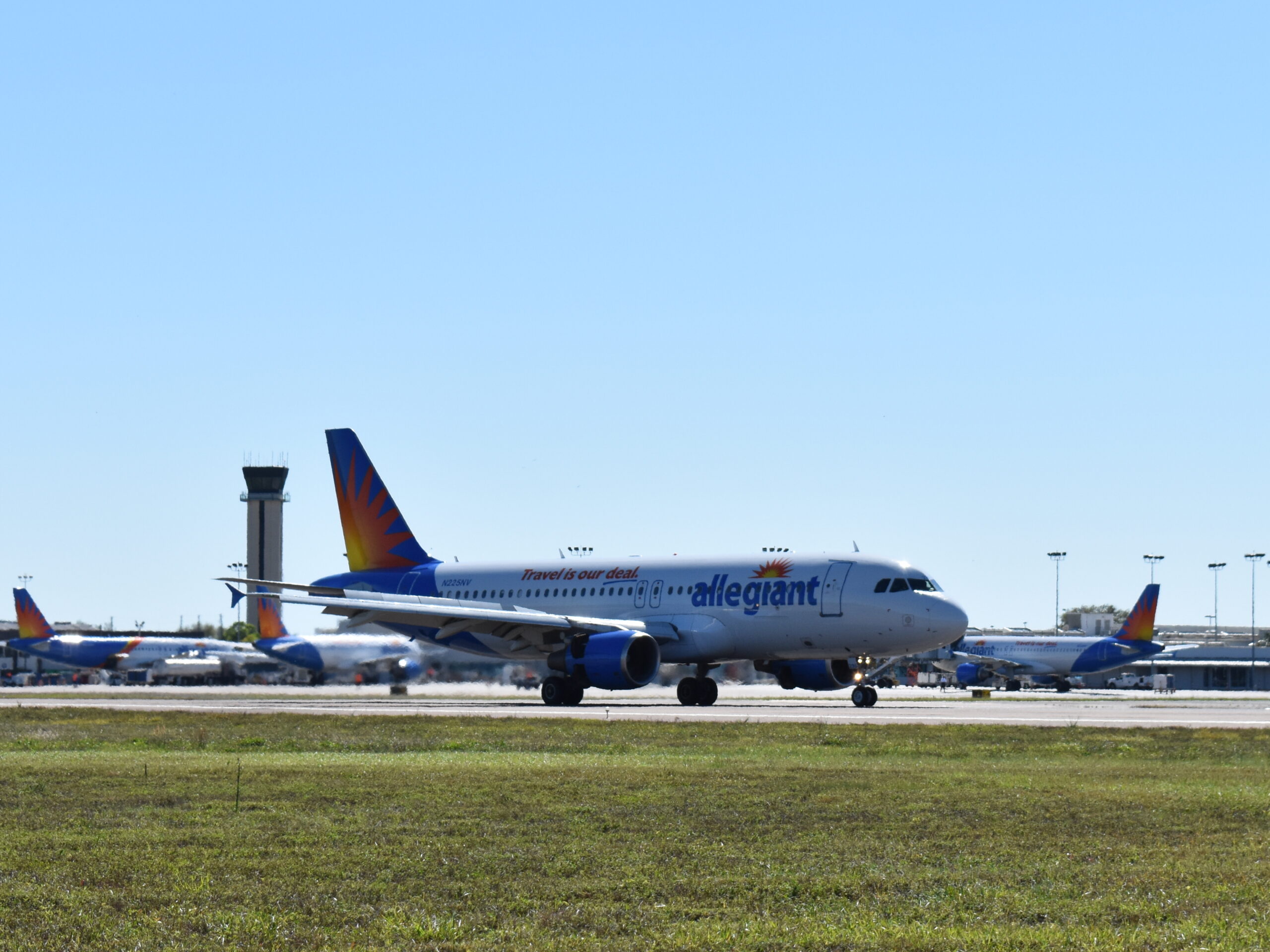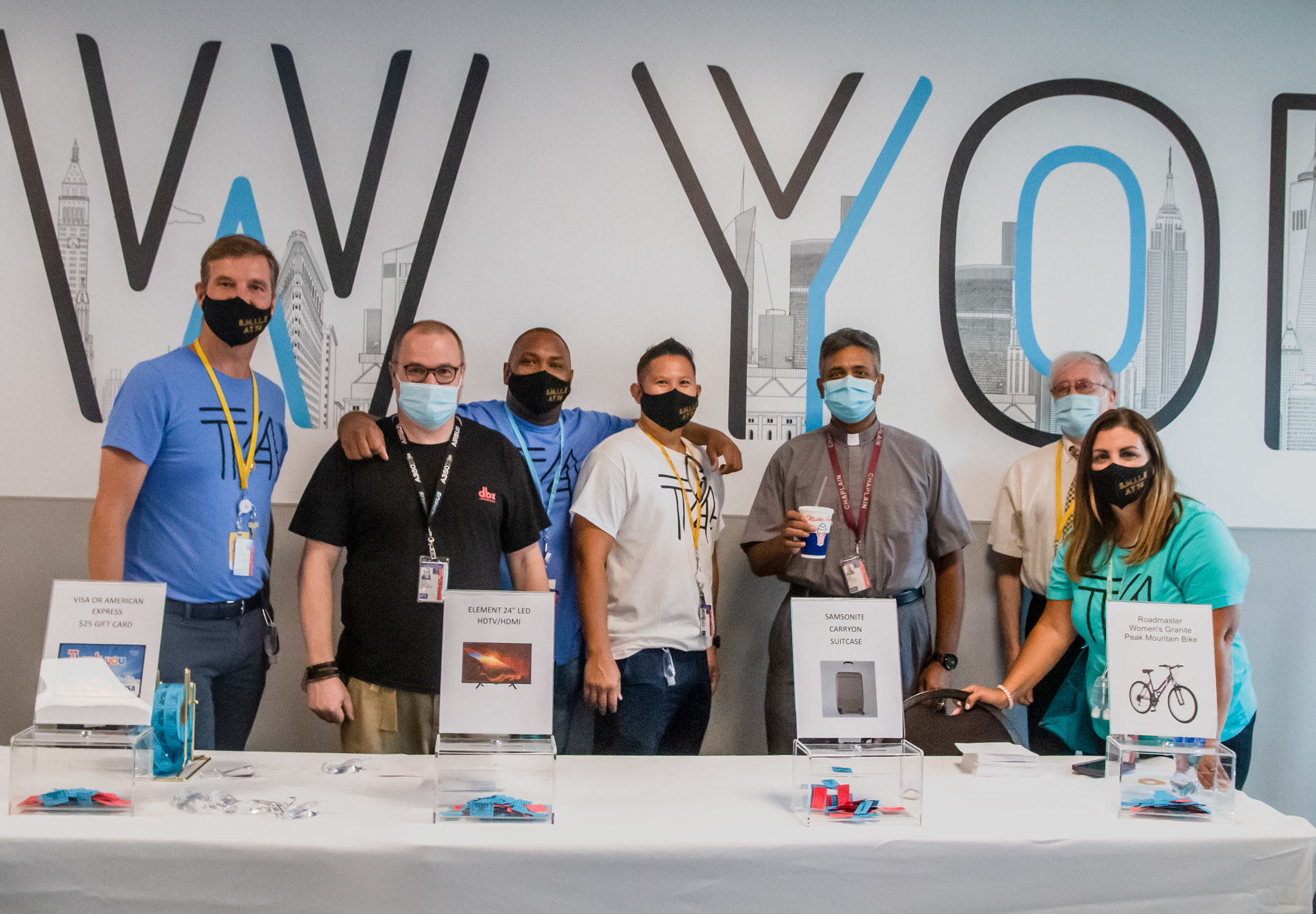By Ted Sullivan
Nothing grows or takes off in a comfort zone. After 29 years of working with global destinations, I got comfy. When it comes to destinations, I am deeply familiar with the needs, challenges, and pain points. But with the launch of ZDOS™ Airports, it was time to enter an altogether different landscape.
I knew I couldn’t sit comfortably and expect success to come to me. I had to embrace a relationship with an industry I was extremely passionate about and familiar with — but one where I hadn’t before worked to serve those needs.
So I went straight out of my comfort zone and presented on stage at the Airports Council International-North America annual convention in Long Beach, California, just a few weeks ago. Surrounded by knowledgeable professionals outside of my usual network, I learned just how much data airports have. But more importantly, I learned what they didn’t know they needed.
Airports use some of the most complex technology systems in the world, and the information they have about travelers going through security and their travel needs within the building is insane. They can detect materials in your luggage by material composition, parking spot usage by minute, and time in the airport by passenger prior to boarding.
But they don’t know what brings passengers to their doors or where fliers go after they walk away from baggage claim. In the middle of difficulty lies opportunity.
Three things I learned at the airport conference:
- One of the biggest revenue generators for airports is parking. A single parking spot could generate over $14,000 in revenue annually.
- Airport leaders don’t have access to information about how travelers spend within airport shops and restaurants.
- Airports do not always know the origin of the traveler within their airport or whether travelers to their destination sometimes use a competing airport.
Three things I realized airports don’t know they need:
- The home city or county of their inbound and outbound passengers. This information allows them to market and sell their offerings to a more targeted audience.
- Who is using their parking facilities, who’s getting dropped off by friends or Uber, and who’s using a competitor’s off-site parking facilities.
- Traveler leakage to other airports. This gives them the ability to make a better case for route development by actually seeing which airports their lost travelers are using and then where they’re going.
Sitting at my LAX gate before my return flight home to Logan, it hit me. Our data and their passenger insight voids could be quite comfortable together. But our organization needs to tell a better story about ‘why’ this improves the experience for passengers and increases revenue for the airport.
It’s time for us to step out of our comfort zones together, learn from one another, and collaboratively create the next evolution of airport data heroes.
DISCLAIMER
This article was provided by a third party and, as such, the views expressed therein and/or presented are their own and may not represent or reflect the views of Airports Council International-North America (ACI-NA), its management, Board, or members. Readers should not act on the basis of any information contained in the blog without referring to applicable laws and regulations and/or without appropriate professional advice.












 Over the last few years, ACI-NA has been proud to partner with Edge4Vets to help connect veterans with airports across North America to place them in careers that utilize the valuable skills they learned while serving in the military. Ahead of Armed Forces Day on May 18, ACI-NA President and CEO Kevin Burke caught up with Los Angeles World Airports Director of Airports Administration Paula Adams to hear about LAWA’s work to support the veterans’ workforce in the Los Angeles area.
Over the last few years, ACI-NA has been proud to partner with Edge4Vets to help connect veterans with airports across North America to place them in careers that utilize the valuable skills they learned while serving in the military. Ahead of Armed Forces Day on May 18, ACI-NA President and CEO Kevin Burke caught up with Los Angeles World Airports Director of Airports Administration Paula Adams to hear about LAWA’s work to support the veterans’ workforce in the Los Angeles area.

